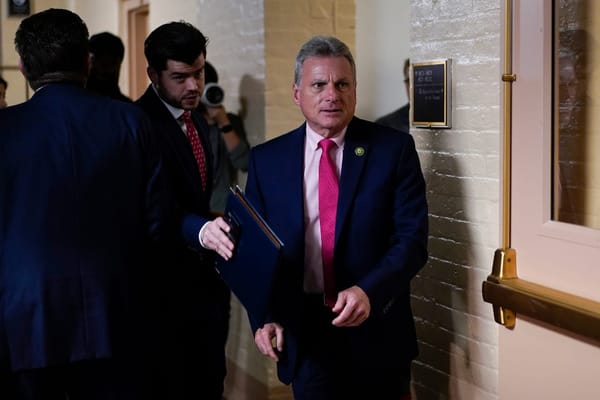Supply Chain Issues Delaying Fiber Builds and Concerning Industry Before Influx of New Federal Money
Industry also debated merits of fiber versus other technologies, and speeds.
Benjamin Kahn

WASHINGTON, December 15, 2021 – Supply chain issues are pushing fiber deployments back and causing concern among industry that await billions in new federal money for broadband, industry participants said at Fierce Telecom’s Digital Divide Summit this week.
“Getting access to fiber, to [customer-premises equipment] equipment – it has been torturous,” Shirley Bloomfield, CEO of the NTCA Rural Broadband Association said Monday. “I have companies that are now being told it will be 100 weeks to get their fiber builds – [companies] are hoarding fiber like toilet paper at this point.” The NTCA represents nearly 850 independent telecommunications companies.
On the second day of the summit Tuesday, President and CEO of the Wireless Internet Service Providers Association Claude Aiken echoed concerns regarding the fiber supply chain.
“To the extent that certain folks are focusing solely on fiber – that’s going to impact supply chain for fiber type deployments and potentially make it easier to do higher speed fixed wireless deployments just solely from a supply chain standpoint,” he said. “We have seen a little bit less of a constraint on the fixed wireless side as opposed to the fiber side.”
On Monday, the Vermont Community Broadband Board said it is concerned with the increasing cost of supplies for fiber builds. The board had announced that a public-private partnership purchased $7-million worth of fiber cables at a fixed cost, but that the cooperative it had purchased it from is expected to see costs soar by 35 percent early next year.
Concerns put focus on deployment choice
While some experts at the Fierce conference insisted that fiber should be the first choice for regions trying to close the digital divide with billions coming from the recently signed Infrastructure Investment and Jobs Act, others assert that the costs associated with it may be too high for some communities to stomach, and providers must be flexible enough to provide communities with solutions that meet their specific needs.
As such, Aiken condemned the view that fiber should be the sole choice for communities. “If we are trying to close the digital divide let’s keep all the solution on the table.”
President and Chief Operating Officer of Great Works Internet Kerem Durdag made his case for fiber infrastructure, arguing that it needed to be the foundation and standard for the industry.
“At the end of the day, it is fiber, fiber, fiber,” said Durdag. “Because whatever we are doing has to survive for the next 20, 30, 40, 50, 60, 70 years.” He likened this rejuvenation of American broadband infrastructure to the build out of American highway infrastructure that took place in the mid-20th Century.
During the following session, Bloomfield, agreed with Durdag, lauding the resiliency of fiber in the wake of extreme whether that left 74 Kentuckians dead and a swath of the state in shambles. She explained that because there was fiber in the ground, regional entities in Mayfield were still able to use it to support emergency efforts.
She also dissented, in part, pointing to the challenges associated with fiber deployment to remote or topographically challenging environments.
“We have areas of the country that are served by large, nationwide providers that cannot make a business model on rural because rural means you have fewer subscribers, you have the same cost in the plant, you have these extra challenges,” said Bloomfield. “And when they are making competitive investments, they are making them in areas where they are going to have a hard [time getting their return on investment].”
Speeds still top of mind
Aiken also emphasized that asymmetrical internet speeds often eschewed by fiber providers provide a better value for customers, and that the symmetrical speeds are unnecessary.
“Every single use case that we have seen, thus far, from time immemorial, on the internet has been asymmetrical. Now granted, the upstream is becoming a slightly larger component, Aiken continued, “but still, the use case is still highly, highly asymmetrical. So, if you’re trying to get the biggest bang for your buck, asymmetrical is the way to go.”
Aiken argued that even for consumers who have access to gigabit services, they usually are using fewer than 10 Mbps, even at peak hours. Vice President of Access Networks Solutions for Harmonic Richard Rommes also argued that higher connectivity speeds command a disproportionate level of discussion.
“[In] my experience, marketing drives the speeds for customers and there are very few homes out there that actually need a gig currently, but the marketing language is all about one gig,” he said.
The emphasis on faster, symmetrical speeds has been a longstanding criticism levied by wireless advocates. This is at least in part because with the discussion of increasing the definition of broadband and implementing symmetrical standards inevitably comes conversations about making fiber technologies the standard communities should aspire to.
Fierce Wireless’ Digital Divide Summit began on Dec. 13 and will run through Dec. 16.










Member discussion